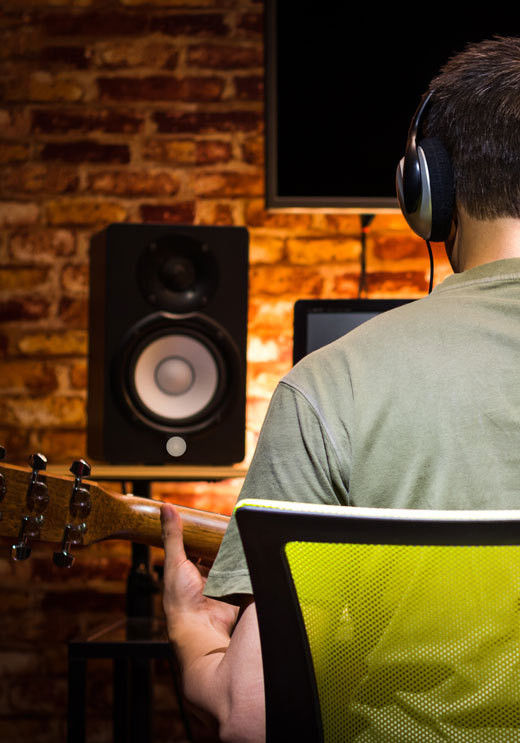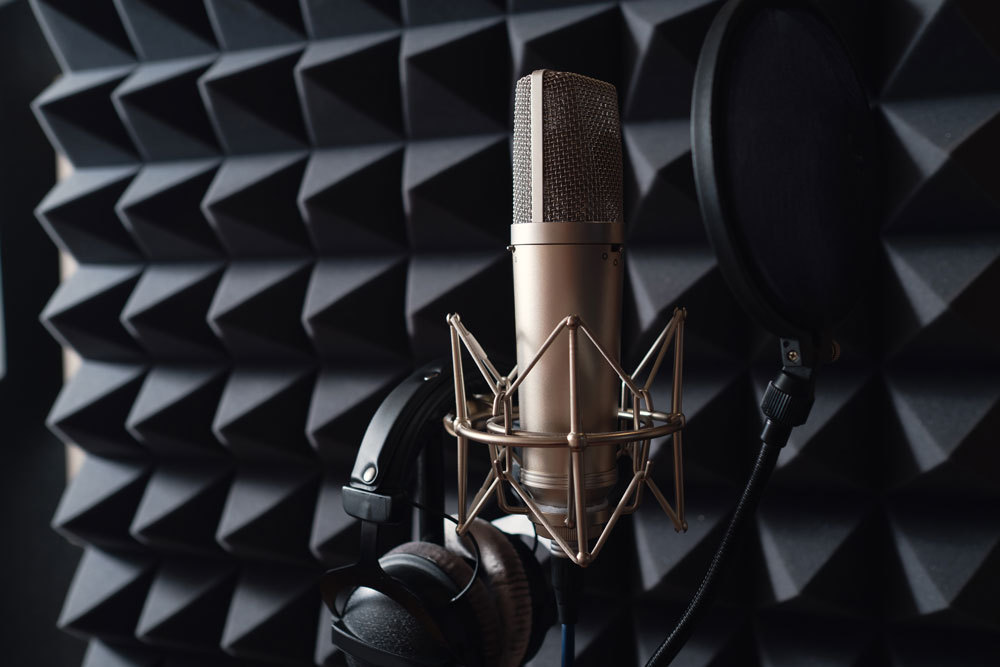You don't have to own a professional recording studio in our digital age to achieve pro-quality recordings.
In fact, many commercially released records started out as bedroom productions.
Just take David Gray's hit record, White Ladder, for example. The entire album was recorded in a London apartment before the legendary American singer-songwriter Dave Mathews helped launch Gray into stardom via his ATO Records label.
The trick is to work with your environment, adapt accordingly, and build a basic understanding of just a few fundamental audio principles.
To help you get started on the road to success, we've compiled our top 10 tips for home recording that will instantly improve the sound of your productions, no matter where you record. From recording drums to recording electric guitars, and everything in between, we've got you covered.
1: Consider Swapping Your Posh Studio Condenser Mic for a Dynamic Alternative.
While it's true that a condenser microphone can offer wider frequency response, detail, and sensitivity, these very same qualities can completely ruin your production if the acoustic environment isn't up to scratch.
You might capture a lovely, crisp, and detailed recording with a condenser microphone, but you'll also potentially pick up more room reflections, the traffic noise from outside, and even the dog barking next door.
Suppose acoustic treatment of your studio space is out of the question, or you live in a noisy neighbourhood. In that case, you might find using a less sensitive dynamic mic delivers a more manageable recording that will sit well in a mix.
A large-diaphragm dynamic will extend the frequency response somewhat and help you achieve great vocal recordings. In some cases, the vocal you're recording may actually better suit a dynamic mic.
Let's take a heavy rock or metal vocalist for example, or perhaps a rhythmic rap vocal. Both of these styles can benefit from the restrictions of a dynamic mic and the slight natural compression.
We're used to seeing classic large diaphragm condenser mics like the ubiquitous Neumann u87 dominate studio vocals, but you'd be surprised how many massive albums feature the lead vocal recorded with a dynamic mic.








